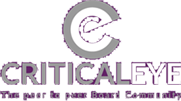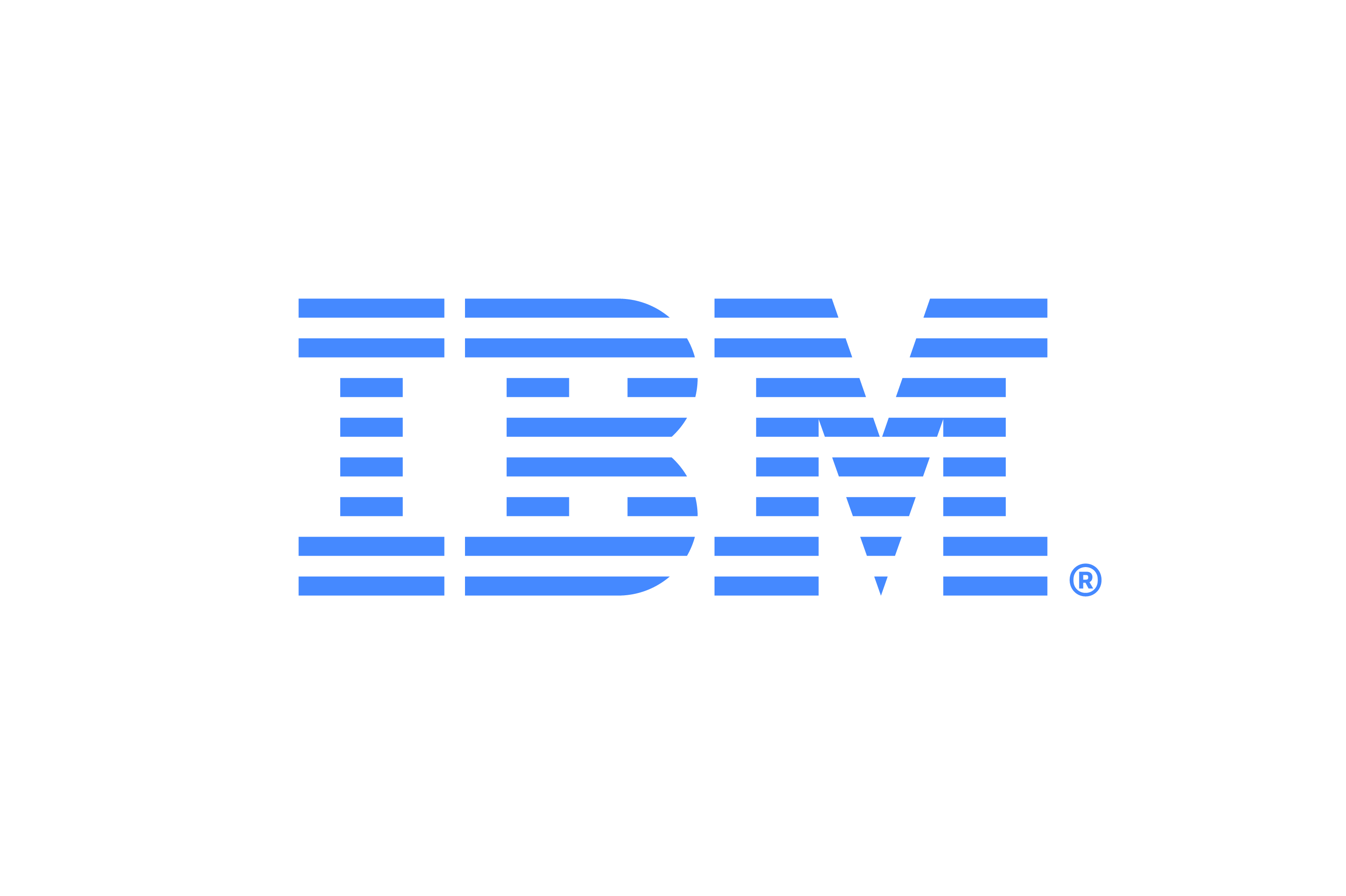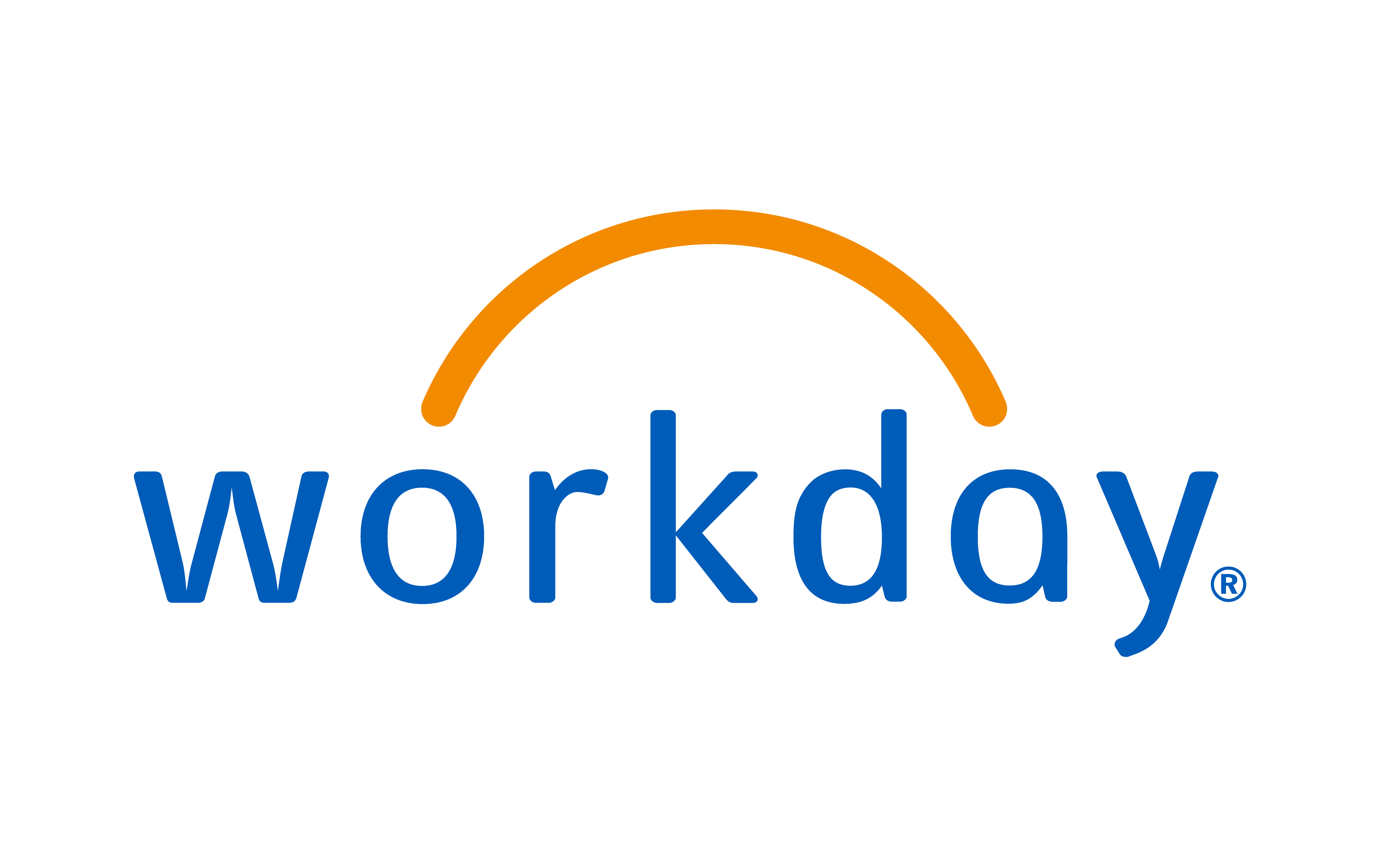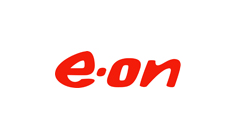
There is at least one company in the FTSE 100 where the Group HRD has gamely tried to ban the words ‘transformation programme’. The reason, rather than being some Orwellian manipulation of language, is that the term implies a neatly defined end state. In reality, organisations must be constantly evolving if they’re to stay competitive.
It would be lazy to suggest that this is something entirely new. Wasil Haroon, Relationship Manager at Criticaleye, stated: “Commercial pressure demands a constant focus on improving performance and productivity; cutting where necessary.
“The difference for executives leading change nowadays is the speed at which decisions have to be made and the number of unknowns to be navigated, such as the impact of technology on products and services.”
Here, Criticaleye collates some thoughts on how leaders can succeed in such an environment, drawing on insights from executive and non-executive directors at our CEO, HRD and Asia Retreats held earlier in the year.
Co-Create a Solution
If your aim is to make changes which encourage growth and innovation, then you’re unlikely to achieve that with a top-down, directive approach.
Lucy Dimes, reflecting on a former role as CEO for EMEA at UBM, said: “I launched a new growth strategy and just asked people, whenever I did a town hall or a roundtable, what the biggest opportunities were.
“The quality of suggestions was amazing – some really thought-through ideas were quickly turned into mini-business cases, once people realised we were prepared to invest a little.”
Lucy, who is now a Non-executive Director at Babcock International Group and Group Business Transformation Officer at CYBG, added: “All I needed to do was ask questions, be approachable and remain open-minded.” She also made sure people trusted the process by rewarding their ideas and by keeping existing budgets separate where appropriate.
Identify the Barriers
Not everyone is going to agree with the changes that are being proposed. You need to identify who the naysayers are and decide whether they can be persuaded by the plans. If they can be convinced, those individuals can shift into becoming your most powerful – ‘now I see the light’ – advocates.
Others may be less open about their concerns, including members of the leadership team. Mui Hoon Poh, Independent NED for Singapore Pools and a Board Mentor at Criticaleye, commented: “When you’re a CEO, you need to be aware of passive resistance. You may think you have walked out of the meeting with everybody in agreement but then, outside of the room, it’s not the case. So, as a leader, you need to show personal commitment and be able to bring people through the process of transformation.”
Be Realistic about Short, Medium and Long-Term Goals
A common observation made at our Retreats this year was the difficulty of leading change as a public company. How do you balance delivering returns to shareholders with simultaneously undertaking deep surgery on an organisation to make its business model fit for the future?
From the start, the Board needs to accept that, performance wise, it could be a rocky ride and therefore executives require time. Matthew Lester, NED for Barclays and a Board Mentor at Criticaleye, said: “A company's North Star should be its purpose, delivered through its values and operating model. These have to be debated and nailed down before going into a transformation – don’t try and do that halfway through.
"I have seen a Chief Executive tell a Board: ‘I’m going to take an extra year to deliver the financial turnaround, because I’ve got to agree and embed our way of doing things through my 3,000 managers. We are only going into the execution phase once we’ve all bought into it.’"
Rachel Barton, MD – Customer Insight & Growth Strategy, UK, Europe and Latin America Lead at Accenture Strategy, emphasised the importance of the relationship between the chief executive and chief financial officer. “One of the biggest barriers to this is cash and where to make investment choices. The CFO has a hard job because they don’t want to be the individual on the Board that is constantly saying no to funding the long term.
“Short, mid and long-term views are all important, so the CEO and CFO have to work together and galvanise the Board around taking the business on a journey. This involves making ‘no-regret moves’ that free up investment capacity to fund future growth that’s very different to the typical allocation-of-a-project budget cycle the business may have been used to.”
In short, there has to be clarity and alignment. Tian Chong Ng, President for Asia Pacific & Japan at HP, urged executives to reflect on how changes are structured. “It is a challenge to balance the short, medium and long term, when you have to oversee the run-rate of the traditional business but also manage the transformation to a new model.
“Hence, it may make sense to put dedicated resources in the organisation to focus on long-term growth opportunities, separate from the day-to-day pressure,” he said.
Judge the Pace
The problem with introducing too much change at the same time in an organisation is that it reduces your ability to react when things go wrong – which they will.
That bright and shiny ERP system may not work for your business as first pitched. And that clever, new matrix structure, designed to make your global business go faster, can swiftly descend into a hotchpotch of confusion about decision-making rights and accountability.
On the flipside, move too slowly and you risk a less than impressive compromise between the old and the new. Momentum and urgency are lost. Cynicism creeps back in. Costs spiral as consultants fill more desks.
Nichole Viviani, now HR Director of Worldpay UK, noted that when undertaking the merger with Vantiv in 2017, the initial effort was focused on lines of business where there was a revenue impact. “We made a conscious decision to wait on the wider talent plan, just because of the amount of change we were pushing through the business,” she said.
The changes have been tackled in stages. “Last year was about getting the lines of business to where they needed to be, with full executive teams ready to go and hit the revenue numbers,” she said.
“This year is really about the transformation of the central functions and services, which we knew was going to take longer as we think about our strategy for each area.”
Keep Talking
There are numerous types of transformation initiative that organisations can undertake, but if they are to be successful executives will usually cite the need for honest, two-way communication.
“As a leader, you need to explain why the transformation is occurring,” commented Mui Hoon. “The ‘why’ is important. It is not enough to just talk about the threat and the need to transform, it is important to also communicate a future that is inspirational.
“And because changes are difficult, it is important to ensure that the transformation story is one that the rank and file can relate to and look forward to.”
That ability to communicate and bring people with you on the journey is critical.
Marc Barber, Managing Editor, Criticaleye
Next week’s Community Update will provide an economic and business forecast for the next six months and beyond.









 (002).png)
















